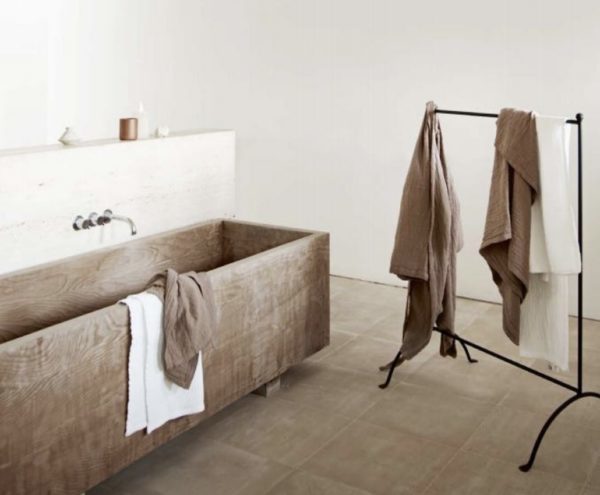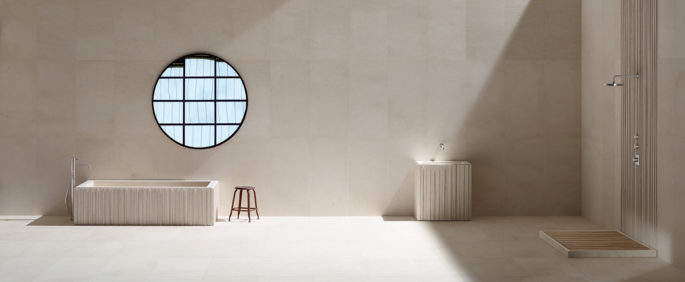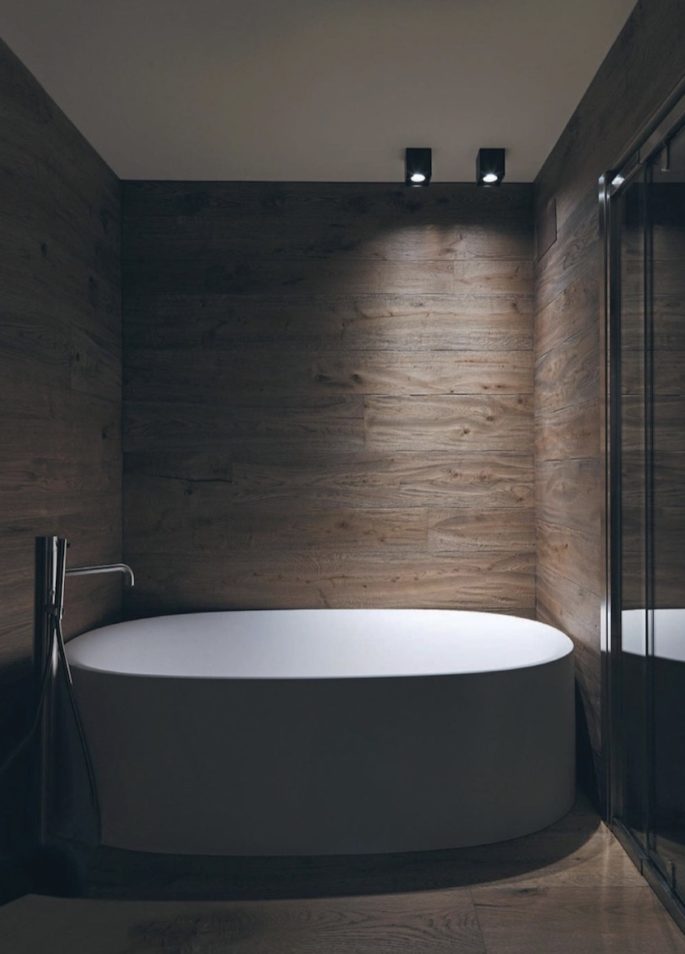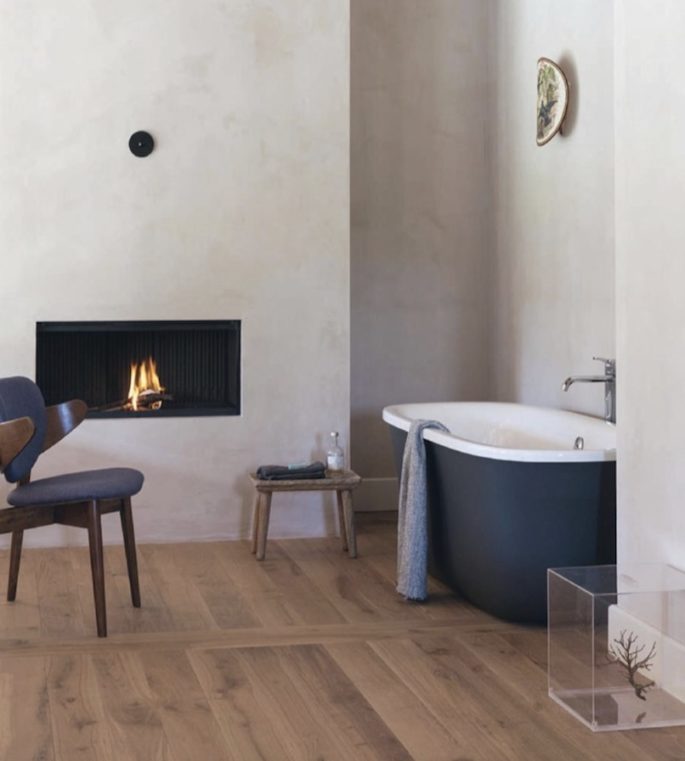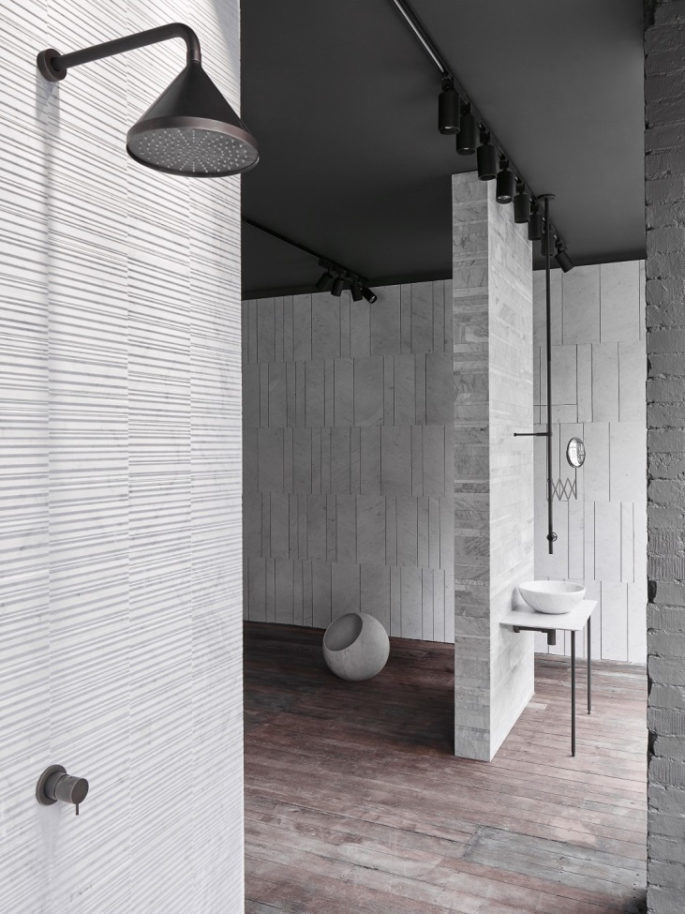A great way to celebrate the start of the new year is with simple renovations that go the distance. Before you begin sprucing up your home, consider the spaces that you use the most. Take a look at these four trends according to a new Houzz study that are worth your attention in 2020.
NO-GLASS SHOWERS
Glass shower enclosures are great for controlling water spray while keeping an open and airy feel. But cleaning such enclosures is no day at the spa. If you’ve got the room, you can create a completely open shower area. A small curb and partial wall can offset a large marble-tiled wet area with enough room for multiple wall-mounted shower heads, a rain shower head, and a freestanding tub.
EASY-REACH SHOWER CONTROLS
Reaching in to turn on the shower in the morning and getting hit with a cold blast of water is no way to start the day. Relocating the shower controls to an opposite wall during a remodel solves that problem. Controls are on the wall opposite the shower, where you enter, far from the shower spray to the left – might stop you getting wet when you turn it on. Talk to your designer and builder about the additional cost that might come from adding the extra plumbing to get this feature.
NATURAL WOOD VANITIES
Bathrooms can often look and feel cold with so many tiles, glass, and metal.
Wood vanities can add warmth, texture and character.
And while wooden vanities aren’t new, what’s catching on is a welcome shift away from dark stained and lacquered vanities — which hide things like grain pattern and knots — toward reclaimed or lighter timbers with clear stains where you can see the grain.
DESTINATION BATHTUBS
There’s been a lot of debate over the years about whether to keep a bathtub when remodeling your bathroom. But it’s clear that those of us who enjoy bathtime really love soaking in a tub. Plus, many people are spending more to increase the size of bathrooms to create a spa-like environment and not only want to keep the tub, but they are also celebrating it.
For a new generation, the tub is a place to rest, heal and get arty. The bath is a symbol of self care; a place to unplug, to indulge in the ultimate luxury: taking time for oneself. Bathing promises serenity on tap, but it also has purely aesthetic appeal. A tour of Instagram and other social platforms suggests that for the tech addicted, the bath is nothing so much as a vehicle for self-expression.
“Bath time is really taking off,” says Alisha Ramos, the publisher of Girls’ Night In, an online newsletter aimed at 25-to-34-year-olds seeking a respite from overcharged lives. “The rise of social media has accelerated bathing’s popularity,” Ms. Ramos said. “It’s become all about creating a beautiful setting that you want to capture and share.”
Log on to Instagram, with its flurry of suds-soaked celebrities — Cara Delevingne and Rihanna among them — posting selfies from their tubs. Or browse #bathart, a hashtag teeming with images where you will see people want an experience in the tub. But bathing’s reborn popularity can be as readily chalked up to an intensifying romance with rituals, according to Lucie Greene, a trend forecaster at J. Walter Thompson. Bathing, Ms. Greene said, offers “a meaningfully slow experience that has its own meditative layers.”
According to a 2018 study by the Innovation Group, J. Walter Thompson’s trend-forecasting unit, the recent fixation on bathing represents a sea change. “Even five years ago, the bath might have been seen as a form of indulgence,” Ms. Greene said. “Now it’s recognized as a form of therapy, a tool in maintaining a healthy mental outlook.”
It is especially alluring to millennials, she said, many of whom are cutting back on drinking and late-night carousing in favor of alternative ways to relax.
The ever-popular freestanding tub is now more like a free-range tub, out in its own pasture, creating a destination of its own, with a great view and other accessories to turn bathing into a significant experience (or event).
If you’ve got the room, it’s worth considering putting a freestanding tub in a space on its own.
Most people don’t use their bathtub every day, so keeping it out of the more frequent everyday path from the shower to vanity makes sense. *Lead image via TineK Home 2019 Catalogue.

